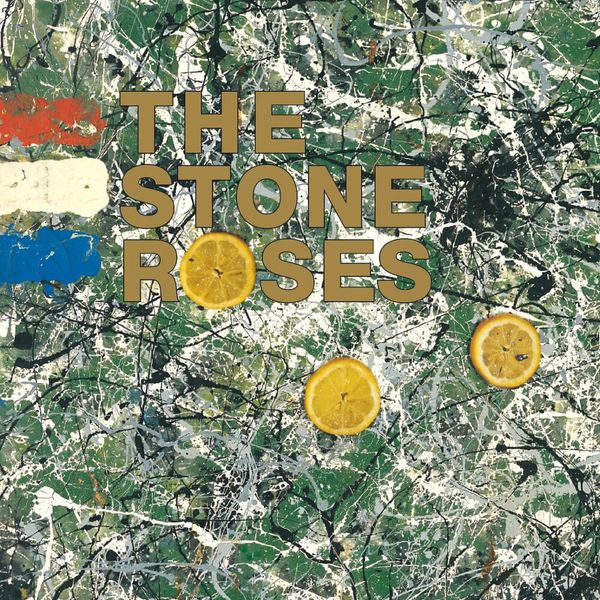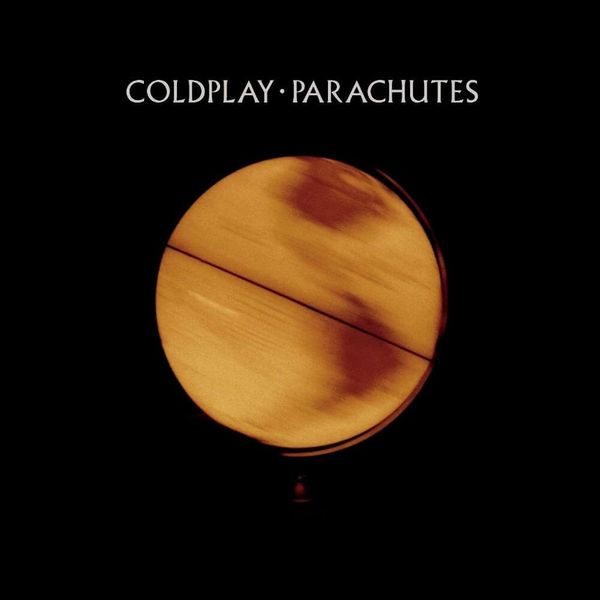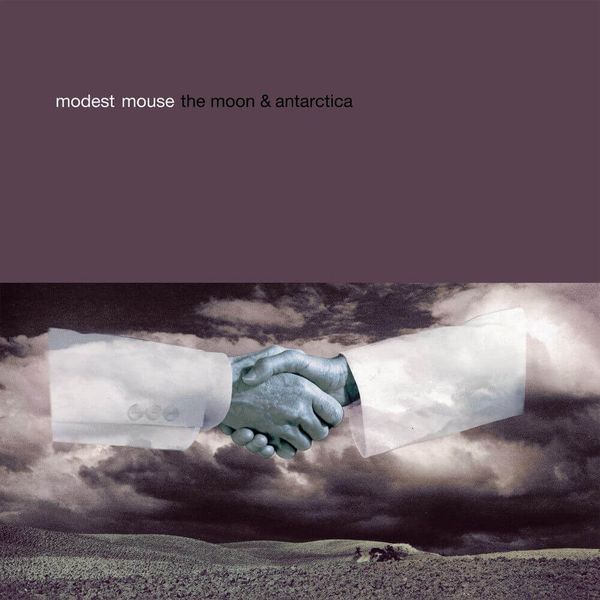André
The release of Arctic Monkeys’ debut album was a monumental occasion. Whatever People Say I Am, That’s What I’m Not broke numerous British records, and it remains the fastest selling album by a band in the UK to date. At the time, comparisons were made with cultural giants on the scale of Oasis and The Beatles, whilst frontman Alex Turner was described as a ‘master of observation’. For a band who were still in their teens, the accolades were maybe a little overblown. Of course it was a good album, but it had obvious limitations.
Only a year later, Arctic Monkeys released their follow-up record Favourite Worst Nightmare, which expanded on the potential — and that’s exactly what it was — of their debut. It revealed a deeper ambition, which excellently demonstrated the bands devotion to self-improvement. Though many bands have stumbled on the dreaded second album, the hunger to succeed only grew for Arctic Monkeys, and the unprecedented success of their first record inspired them to develop further.
Whilst it’s all too easy to hear the influences of bands like The Strokes and The Libertines on Whatever People Say I Am, the sound of Favourite Worst Nightmare is very much their own identity. It retained everything that was great about the debut and expanded on it in the most vibrant way possible. There are a few moments of filler, which is part and parcel of any Arctic Monkeys album, but the record is generally packed with short and sweet rock tunes.
“Brianstorm” opens proceedings as an act of aggression that ultimately makes it more of an exhilarating statement than anything else, and does feel slightly separate from the rest of the record. “Teddy Picker” and “Balaclava” serve as the other first half highlights, but it’s the second half of the album where Arctic Monkeys truly come into their own. The one-two combination of “This House is A Circus” and “If You Were There, Beware” is possibly the bands best seven minutes to date, whilst closing track “505” divulges a depth that was sorely missing on the debut.
Everything is performed with such style and confidence that its flaws are easily misgiven. It’s infinitely listenable, and at times irresistible. Five albums in, and despite their immense potential, I don’t think Arctic Monkeys have made their masterpiece. I don’t think they ever will, either, and I think Favourite Worst Nightmare is the closest they’ll actually get.
8 out of 10
Gabriel
With the Arctic Monkeys album Favourite Worst Nightmare reaching 10 years since its release year, there seems no better time to break out that old box of nostalgia lurking under your bed. There are few albums that bring back such vivid memories both good and bad. Favourite Worst Nightmare speaks to a time where shouting ‘bus wanker’ was still funny. A time where every local dancehall and club was filled with shamelessly terrible Strokes/Arctic Monkeys clones. The Arctic Monkeys in the mid 2000s were the answer to so many — they showed that you too could start a chart topping indie rock band from your dad's shed.
Favourite Worst Nightmare is much more than this however. The intricacies and nuances of the musicianship and songwriting are evident in a way without being showy. Songs like “If You Were There, Beware” in my mind detail what Arctic Monkeys do so well. Each instrument is given the space to do something interesting, yet the cohesion between them builds a strong and dynamic tune. This trend is carried throughout the album and highlighted by other songs such as “Old Yellow Bricks” and “Teddy Picker”.
It is also worth mentioning that this was the second release from Arctic Monkeys. A historically difficult thing to do, Arctic Monkeys had to appropriately follow up their hugely successful debut album Whatever People Say I Am, That’s What I’m Not. They did this in one of the best ways possible, by capitalising on what everyone loved about Arctic Monkeys, yet developing and evolving the sound. This is evidenced by the abundance of earworm riffs, however we also see production play a much larger role. Favourite Worst Nightmare may just be the best album to come from Arctic Monkeys yet. Riffs in giant proportions, subtleties hidden between the pedal switches and Turner’s Sheffield charm in spades.
8 out of 10
Andrew
It may be a decade old, but Favourite Worst Nightmare could easily be a new release. With a far sharper sound and clear contrast in production compared to their debut, the Arctic Monkeys follow up album makes it clear that the band weren't prepared to stick with 'more of the same'. By bringing the bass and vocals right to the front of the mix, each track is immediately full of drama with an enormous dynamic range.
Opening with “Brianstorm” demonstrates this perfectly, with a racing rhythm section setting the pace for the rest of the album. The individually distinctive hooks and the sheer pace of this album is something that keeps it alive throughout. With most tracks hovering around the three-minute mark, it would be easy for them to miss out on further progression in songwriting, yet what the band manages to pack into each single track is genuinely surprising. Tracks like “If You Were There, Beware” do this by hitting the ground running, setting a moody gloom within seconds and a crashing cacophony in under thirty.
Alex Turner's Yorkshire lilt comes across superbly over the canter of the rest of the band, and small changes in style and production in tracks like “D is for Dangerous” only add to the character. There are a few ordering choices I could nit pick over. “Brianstorm” always feels slightly separate to the rest of the tracklist to me, and having more tracks in the realm of “505” and “Only Ones Who Know” would have been the cherry on top. Besides that, this an album I've been happy to return to again. Favourite Worst Nightmare is an essential taste of noughties rock and well worth a listen.
8 out of 10



